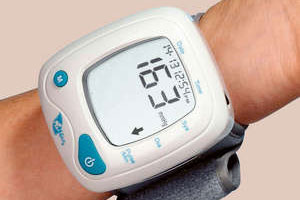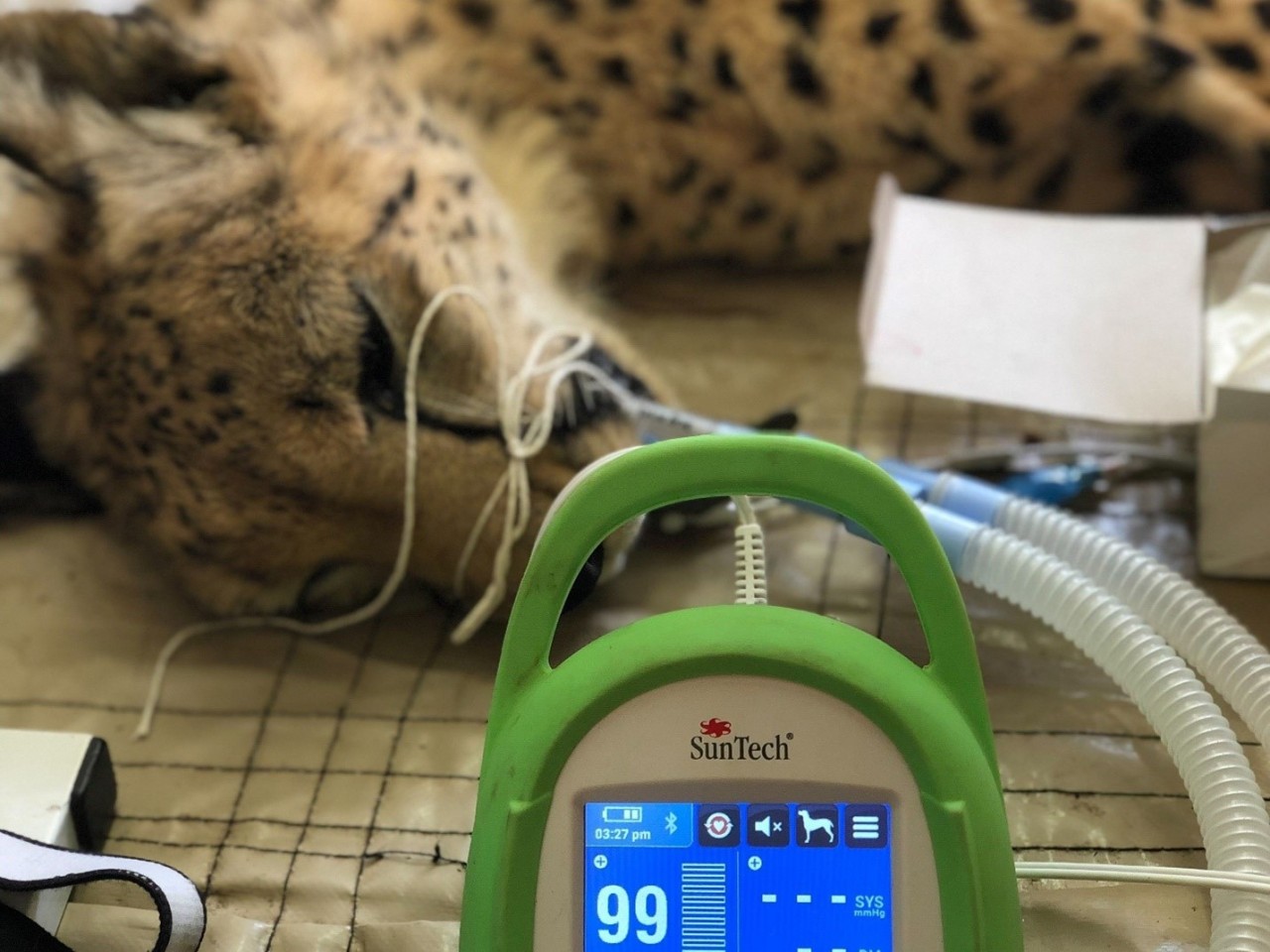![]()
Blog @ SunTech
Advice from the BP Measurement Experts
Wrist versus Upper Arm Blood Pressure Measurement

Is wrist BP an acceptable way to guide treatment for obese patients?
For over 100 years, upper arm blood pressure (BP) measurement has been the gold standard method to guide treatment decisions. This is the recommended technique by both the American Heart Association (AHA) and the European Society of Hypertension (ESH).
For almost nearly as long, it has been well documented that inappropriate sizing of blood pressure cuffs can contribute significantly to errors in blood pressure measurement. Of the most common errors is "undercuffing", which occurs when using cuffs that are too small or too narrow for the patient's arm circumference.
This often creates a problem for a clinician when trying to measure the BP of an obese patient where the cuff simply isn't large enough. Most clinicians realize that using a cuff that is too small for the intended arm size can lead to false high BP readings. One popular method of late to overcome this has been to utilize wrist BP monitors. There has been much debate in recent years over whether wrist BP monitors have the clinical accuracy required to guide therapy. It has been recognized that the farther the point of measurement from the heart, the less representative the pressure measurements are of the workload on the heart, thereby painting an inaccurate picture of the potential for end organ damage that may be present.
A recent study1 at the University of Michigan led by Dr. Hardik Dorshi investigated these issues and their findings were published in the February issue of the Journal of Clinical Hypertension. The abstract can be viewed here (a subscription to JCH is required for access to the full article). What they found was considerable difference between upper arm and wrist BP measurement values. Their conclusion was strong support of the current recommendations for using upper arm BP measurement whenever possible, including for obese patients.
What about when it is not possible? Is wrist BP measurement the only alternative? Well, no. In the AHA recommendations for blood pressure measurement2, they state in the case of very large arms where an appropriately sized cuff cannot be fit over the upper arm, an acceptable alternative is to wrap an appropriately sized cuff over the patients' forearm and feel for the onset of a pulse at the radial artery. They go on to say that this is also acceptable in order to measure systolic blood pressure with an automated oscillometric monitor. This line of thinking correlates with the earlier point about the farther from the heart you measure, the less representative it is likely to be.
As the problem of obesity continues to rise, so will the difficulties of measuring an appropriate and accurate blood pressure in this patient population. It is a focus area for many developers of blood pressure measurement technologies and devices. We're very interested in hearing your stories about blood pressure measurement in the obese population and what approach you find most beneficial.
We'd like to know what you currently do for this patient population with the one-question survey to the right. Please give us your answer and we'll post the survey results next week.
1 Doshi, H. et al. Jnl Clin Hypertension. 2010;12-82-88
2 AHA Scientific Statement Recommendations of Blood Pressure Measurement in Humans and Experimental Animals. Part 1. Blood Pressure Measurement in Humans. Hypertension. 2005;45:142-161.
Interested in getting more SunTech news, product info, as well as
tips, tricks, and insights from BP experts?
Sign up to get fresh content delivered direct to your inbox.



